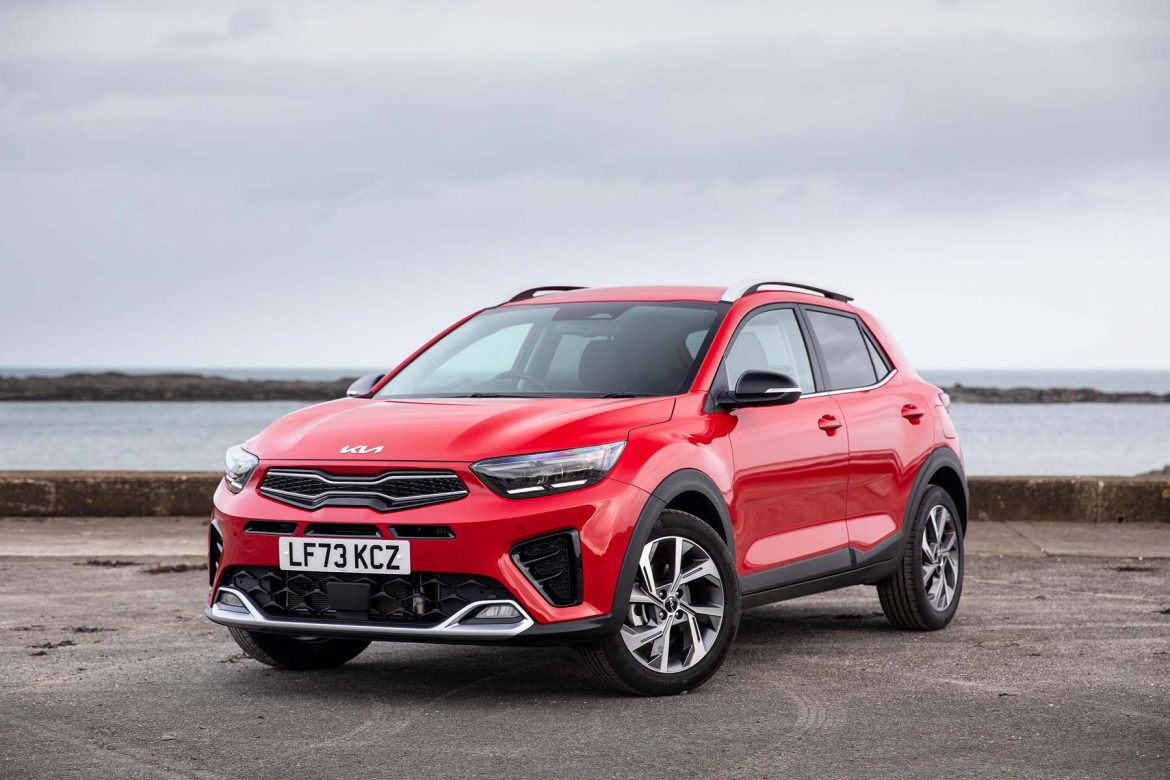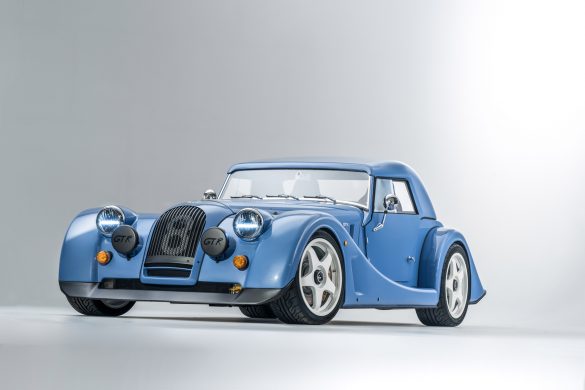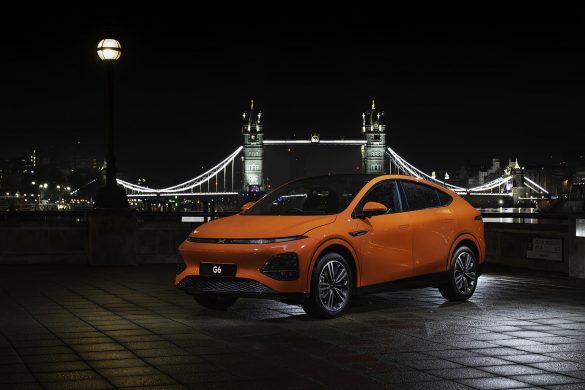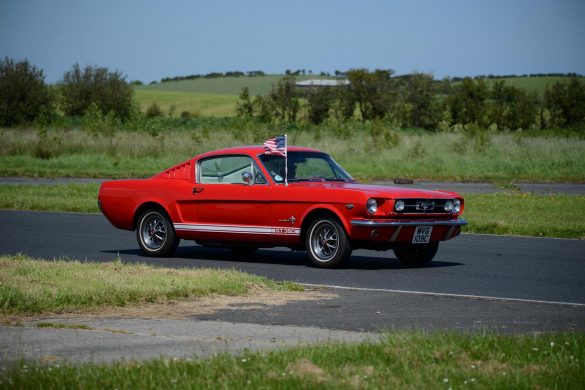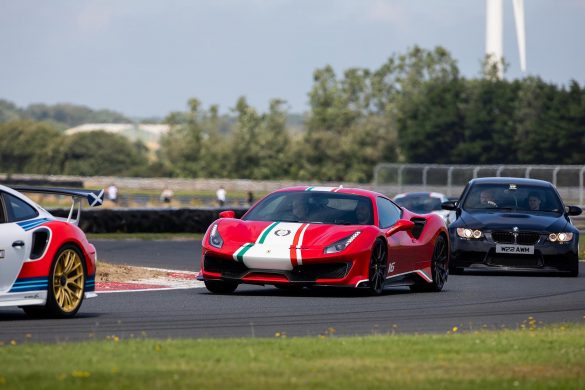Launched seven years ago the Stonic, from Korean maker Kia, offers efficient ‘Smartstream’ powertrains, with innovations that enhance efficiency.
Among these, the Stonic offers Kia’s petrol 48V mild-hybrid ‘EcoDynamics+’ powertrain, available with manual or double-clutch transmissions. The compact crossovers interior remains largely unchanged since launch, making it feel a little dated and more durable than rivals.
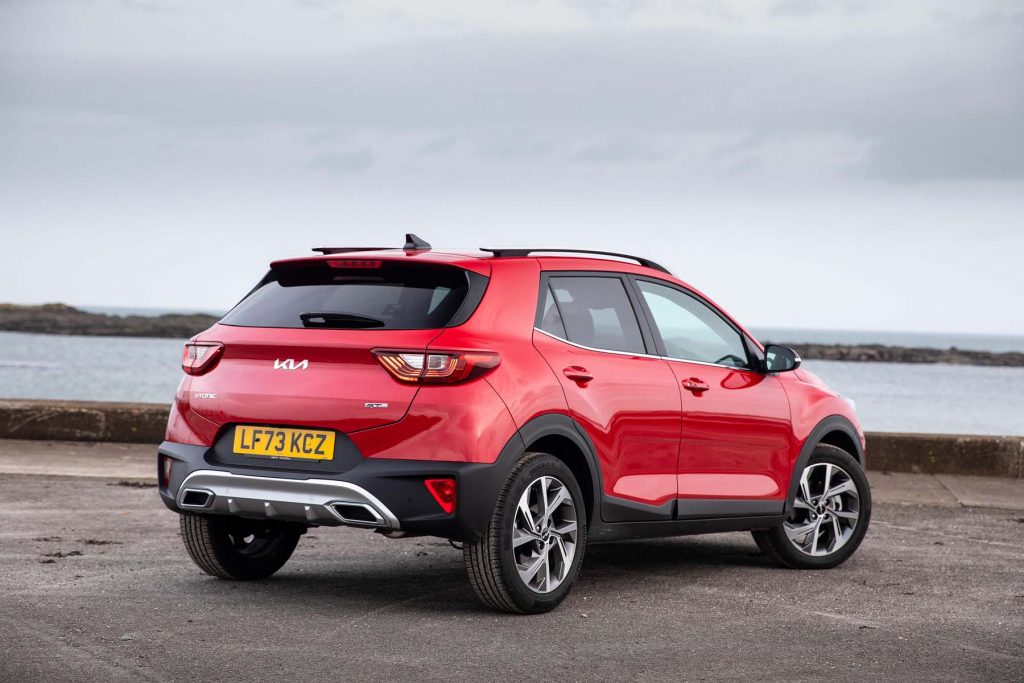
With pressure from an increasing number of Ford Puma’s on the road, as well as Nissan’s more than popular Juke, the Stonic also needs to fight off a challenge from the Skoda Kamiq, and it’s cousin, the Hyundai Kona.
At a glance, the Kia Stonic is a quirky looking vehicle. With some rivals opting for full colour coding, and maybe not having rugged arches, it is refreshing to see that Kia are happy to stick with the crossover SUV tradition of rugged black lower body and bumper trim, and arch trims.
The Stonic is a fairly affordable car also, starting from £21,265 a total of five trim levels are available, the most expensive of which is £25,810. All models feature a 1.0-litre, three-cylinder, turbocharged petrol engine. The higher three trim levels featuring 48V mild hybrid technology. Each trim is available with a manual gearbox, or for circa £1,000 more an automatic DCT ‘box is available.
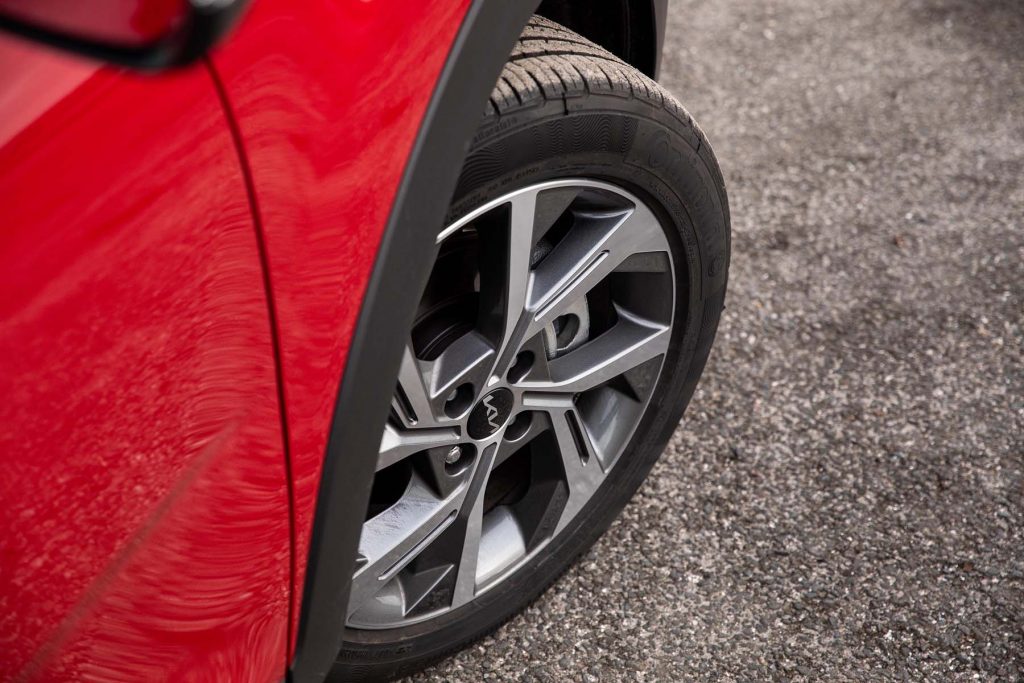
Starting with the ‘Stonic 2’ This little Kia comes equipped as standard with 16-inch alloy wheels, Apple CarPlay and Android Auto, roof rails, LED daytime running lights, cruise control & speed limiter, 8-inch touchscreen display with DAB radio and MP3 compatibility, air conditioning, forward collision-avoidance assist, rear parking sensors, and bi-function projection headlights with static bending.
Priced from £22,270 the ‘Stonic GT-Line’ features 17-inch alloy wheels, 8-inch touchscreen navigation with telematics, GT-Line black cloth and faux leather upholstery, alloy pedals, automatic air conditioning, black electric folding dormers, rear privacy glass, LED headlights, LED front fog lights, and reversing camera.
The ‘Stonic 3’ adds full black faux leather upholstery, and body coloured electric folding door mirrors, and it’s priced from £23,760. Adding gunmetal grey alloy wheels, auto-dimming rear-view mirror, black cloth and artificial leather seat poultry with blue inserts, heated front seats start/stop button with smart entry, and rain sensing front wipers, is a ‘Stonic Shadow’ which is priced from £22,995.
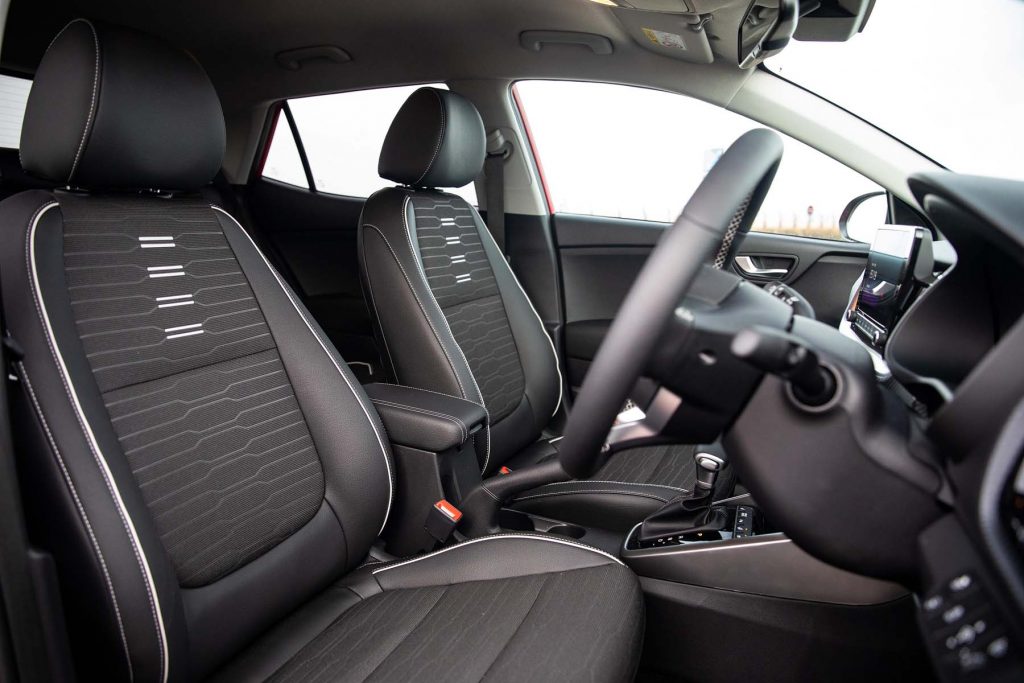
The range topping model as tested and pictured is the ‘Stonic GT-Line S’ which is priced from £24,810 features two-tone paint with contrasting roof colour, smart cruise control on DCT models, LED rear combination lamps, blind spot collision warning, heated front seats and steering wheel, front parking sensors, and GT-Line black cloth and faux leather upholstery.
The most economical model is the manual Stonic 2, which claims a combined return of 51.4 mpg. With the petrol model producing 98 bhp, and the mild hybrid producing 118 bhp, the 6-speed manual Stonic will travel from 0-62 mph and 11.1 seconds, whilst the 7-speed DCT does it in 12.4 seconds.
During my week with the DCT equipped GT-Line S, and living semi-rural, I struggled to achieve an average return of even 40 mpg. I guess the amount of standard equipment and price point within the market is a better selling point, and that for those living in the city economy may well improve.
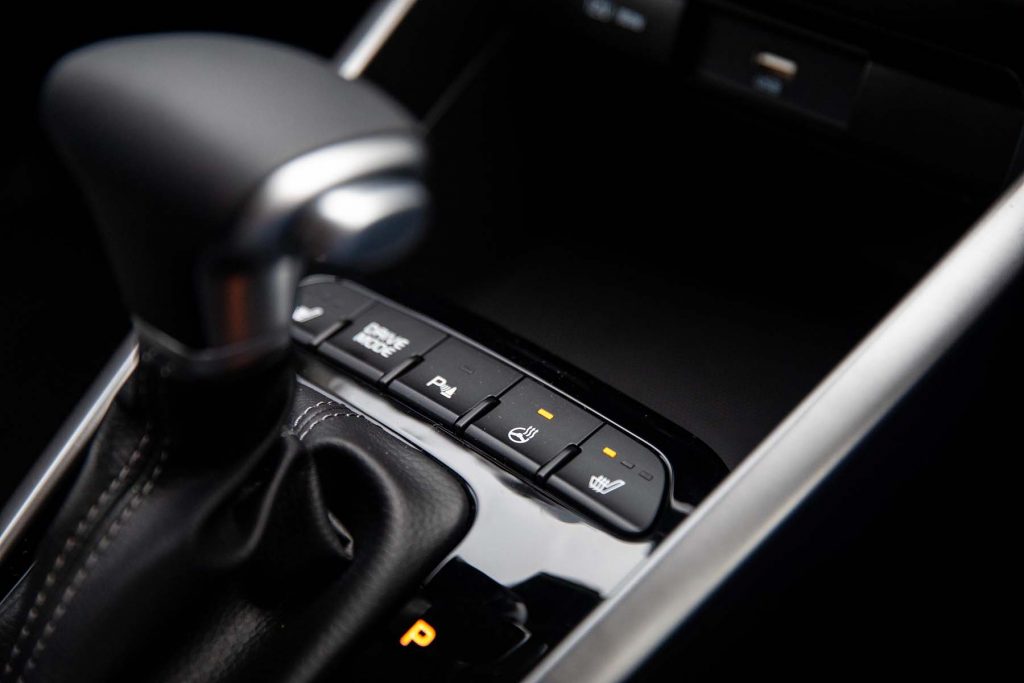
Spacious throughout the cabin in regards to width and height, rear leg room wouldn’t be fantastic for taller adults. Load space within the boot isn’t great compared to rivals, but offers more than enough for a sports bag and adequate groceries.
Kia offer a seven-year/100,000 mile warranty. A 12 year anti perforation warranty. And a five-year paint warranty.
